The social studies curriculum plays an essential role in fulfilling the GDS mission to “honor the integrity and worth of each individual within a diverse school community.” It is through learning about people who are different from us, sharing our perspectives, and listening to others that we recognize the common human experience and develop respect for diversity.
PK/K begins the promotion of greater understanding through exploration of the major religions. Students visit various places of worship, comparing and contrasting a church, temple, and mosque and have the opportunity to see how others practice their faith.
In first grade, students are transported to the tumultuous sixties and imagine what it was like to live in a segregated America. Students list grievances and plan protests; they reenact the Montgomery Bus Boycott and participate in simulated segregation in order to help them identify with civil rights activists.
In the Identity Project, second graders systematically explore the “Big 6+3” social identifiers: race, ethnicity, gender, religion, age, and ability plus geographic background, family structure, and personal choices. As the students learn to celebrate the many facets of their own identity, they develop not only a greater sense of self, but also an appreciation and respect for others.
In their study of immigration, third graders immerse themselves in the stories of GDS community members who personally immigrated to the United States. They interview their subjects in order to gain perspective on why they came to America and what their experience was like. Students then use the interviews as a springboard for reports on the subjects’ country of origin.
In fourth grade, students delve into a study of Greek history and become Gods and Goddesses as they perform Greek myths. They learn about “The Golden Age,” examining the art, literature, architecture, and politics of Ancient Greece and how these developments shaped our own culture and political system.
Fifth graders view America through the eyes of the enslaved when they embark on a study of slavery and the Underground Railroad. In an analysis of Frederick Douglas’ speech “What is the Slave to the Fourth of July,” students are asked to ponder how this nation could celebrate its freedom from the British Empire while still keeping African Americans in bondage. Then students walk in the shoes of the enslaved in an authentic, appropriate simulation of the Underground Railroad.
Whether it is experiencing another religion, relating to a different race, identifying with another gender, or understanding a different culture, students in the GDS Lower School are constantly required to look at the world through different eyes. We think it will make them able to see much more clearly in the future.
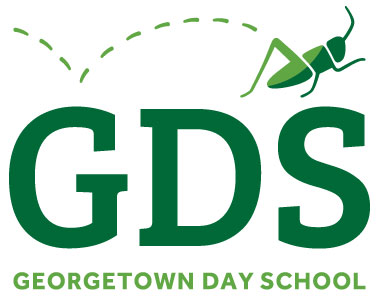

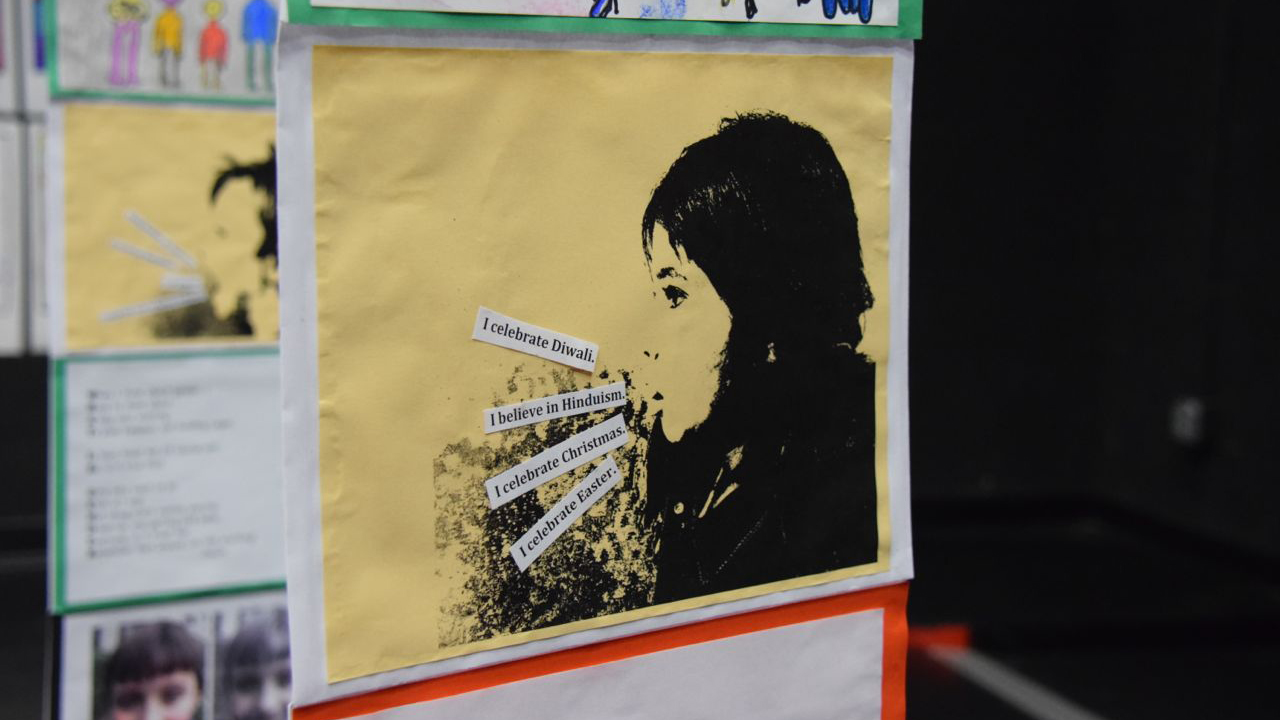
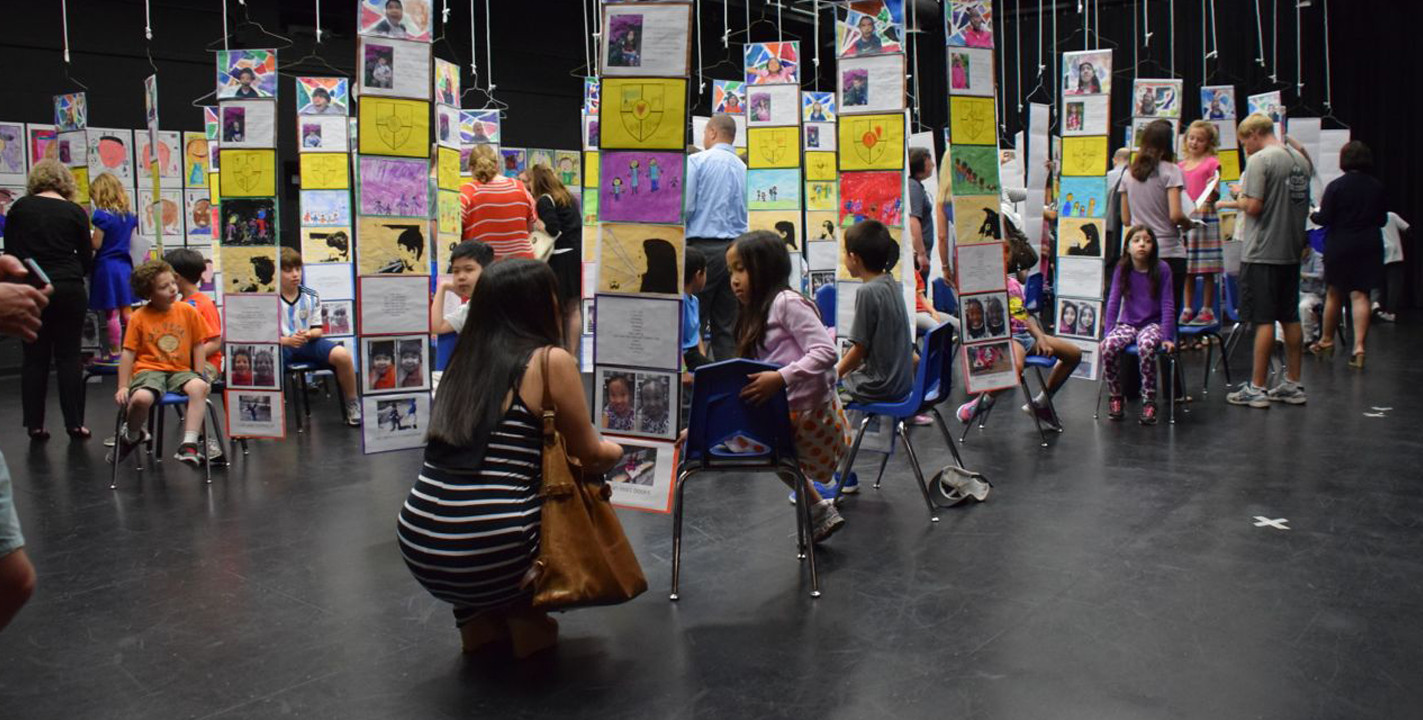
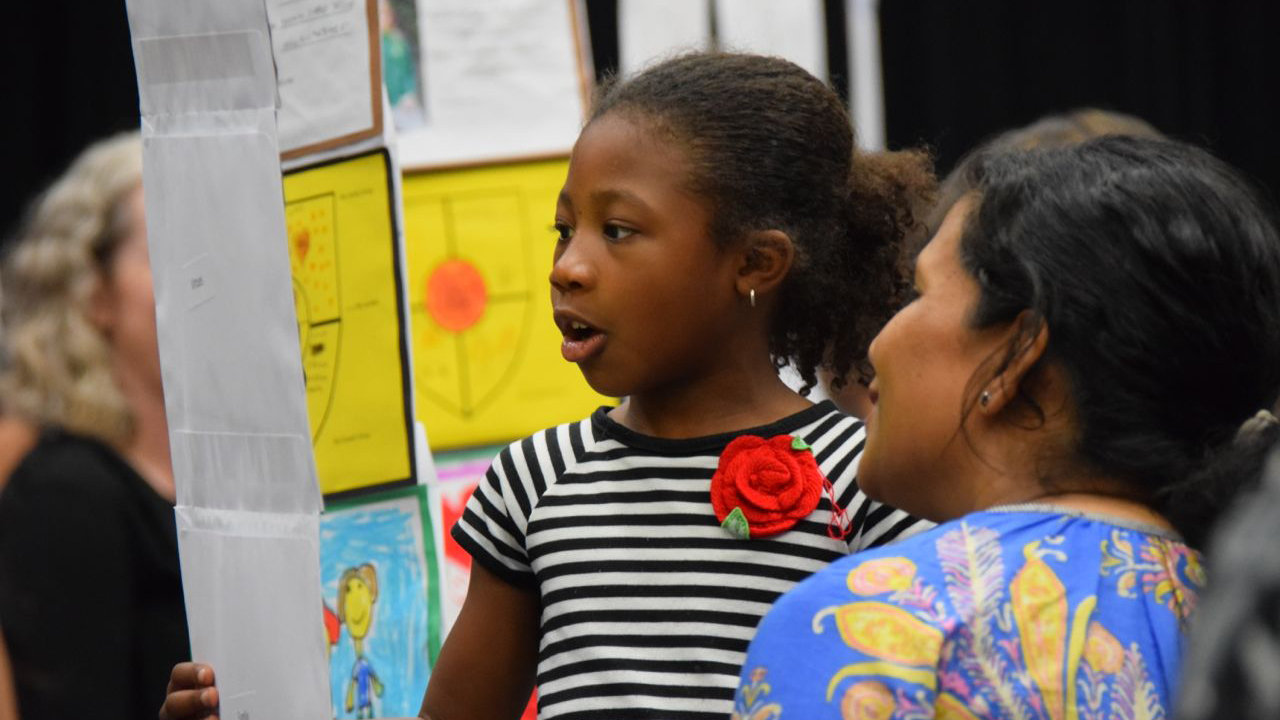


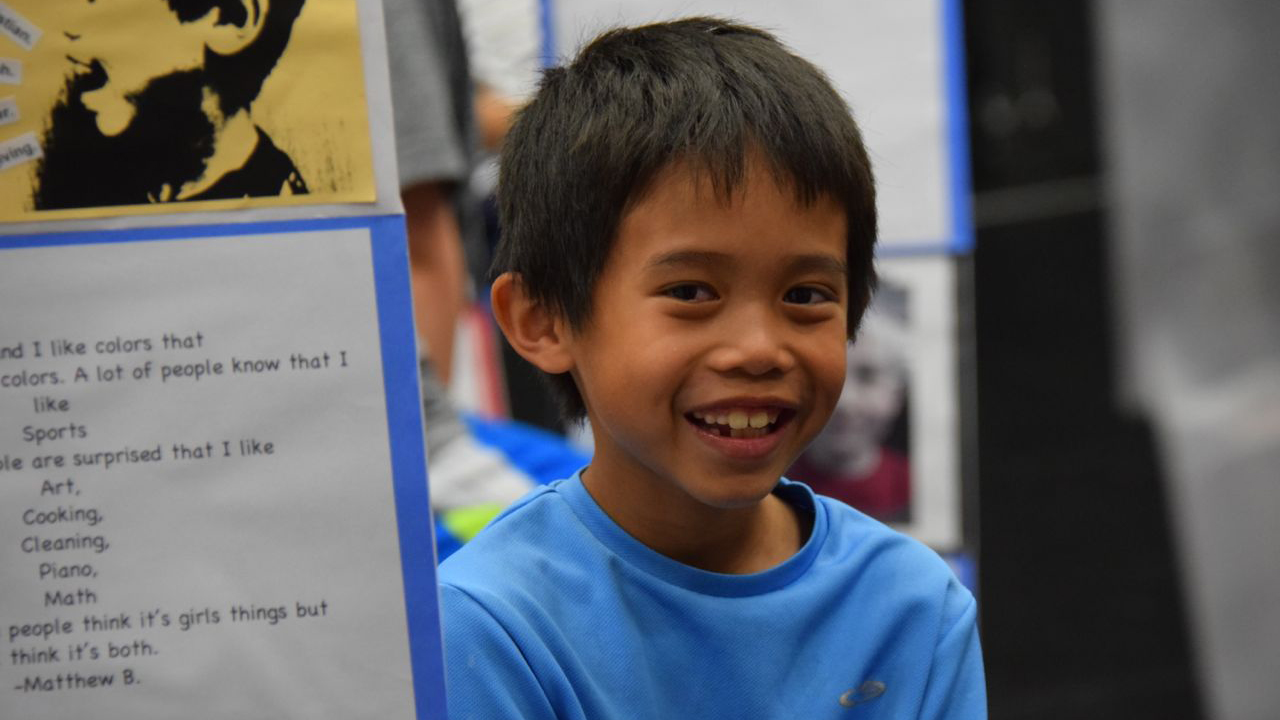
This curriculum is really impressive.